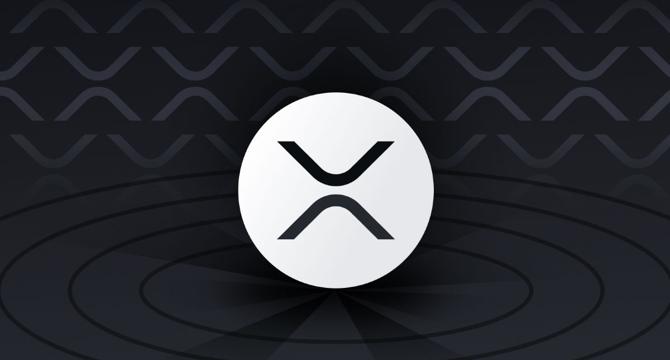Crypto-News-Flash
1M
262

Image Credit: Crypto-News-Flash
XRPL Scaling Solutions: Boosting XRP Network Performance and Security
- The XRPL has shown advancements in stability and security over the past 2 years, focusing on memory use, connectivity, profiling, lock contention, and test environments.
- Developed by David Schwartz, Jed McCaleb, and Arthur Britto in 2012, the XRP Ledger aims for faster transactions, lower energy use, and no mining.
- Approximately 80% of XRPL's recent development work has been focused on memory optimization, peering, lock contention, and test environments.
- Efforts are underway to optimize memory usage through various techniques like cache consolidation and removing unnecessary caches.
- To enhance stability and scalability, XRPL employs a cost-per-message system to address network instability.
- Squelching is introduced to limit duplicate traffic and improve message distribution efficiency across the network.
- The XRPL team is tackling lock contention by adopting lockless techniques and utilizing advanced profiling tools like eBPF.
- Testing of XRPL is being redefined with real-world conditions in mind, including a next-generation testbed platform and the use of Antithesis for autonomous testing.
- The upcoming 2.5.0 release of XRPL aims to significantly lower memory and bandwidth use for node operators, with ongoing efforts to improve non-feature aspects of the ledger.
Read Full Article
15 Likes
For uninterrupted reading, download the app